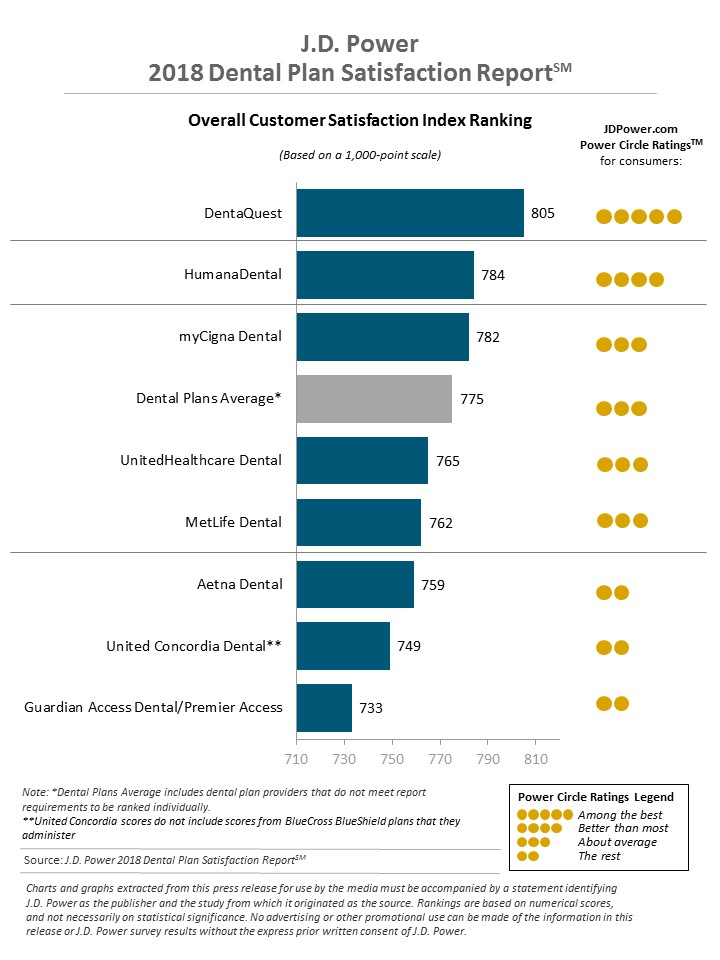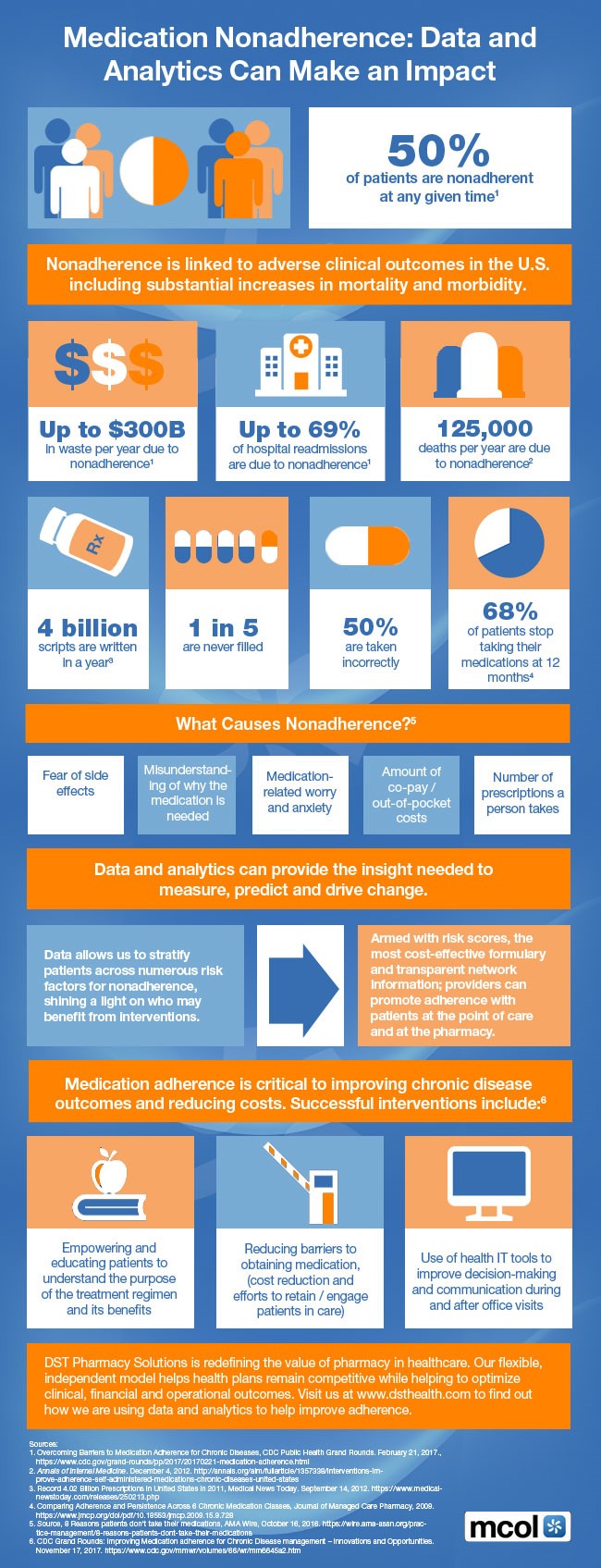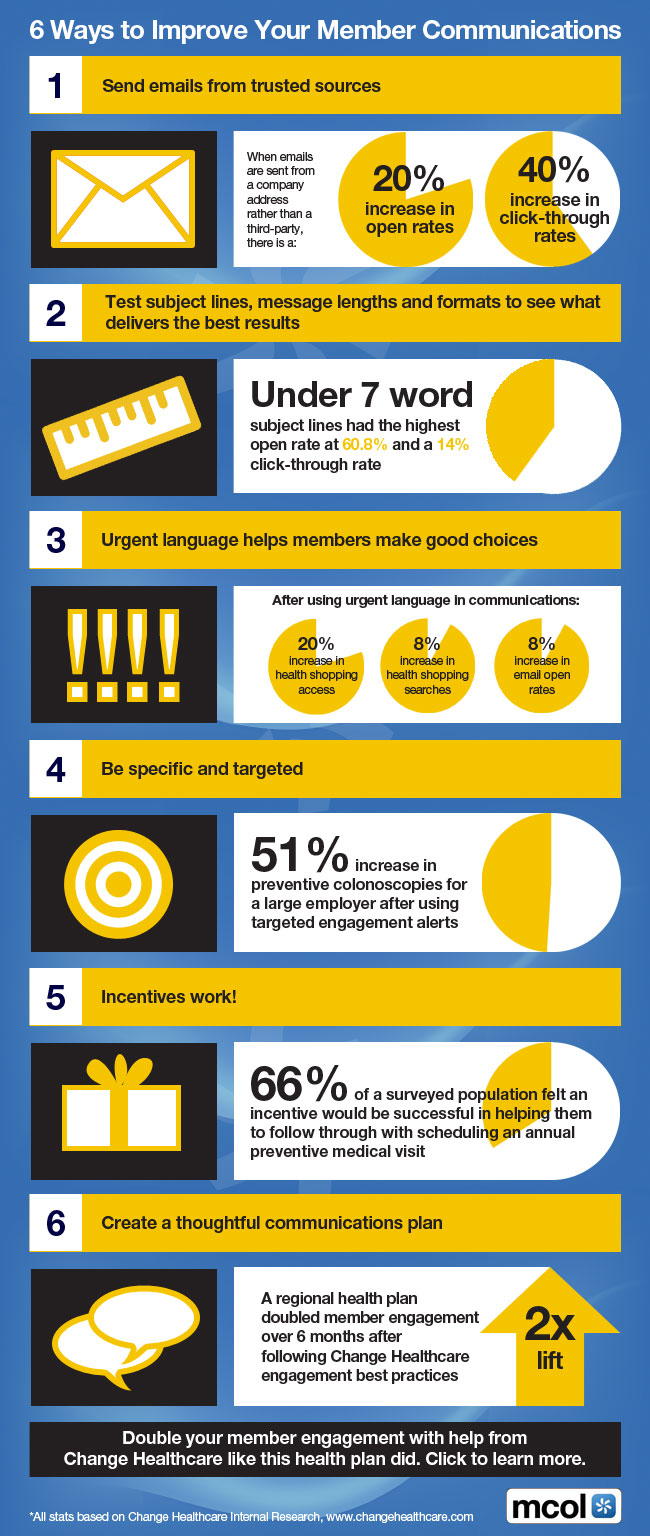Analyzing Blue Cross Blue Shield Plan Administrative Costs
By Clive Riddle, June 13, 2019
Sherlock Company in the June issue of their Plan Management Navigator examines administrative cost trends for Blue Cross Blue Shield Plans, analyzing year end 2018 vs 2017 data. They found that costs “increased by 5.5% per member, up from an increase of 5.1% for 2017. Reweighting to eliminate the effects of product mix differences between the years, per member costs increased by 6.7% as compared with 5.9% in 2017. ASO/ASC increased as commercial insured membership declined. Medicare Advantage continued to grow rapidly.”
Their key findings included:
- Most clusters of expenses grew at rates less than last year.
- Uniquely, Account and Membership Administration’s growth rate increased.
- Growth in Information Systems was the single most important reason for administrative expense increase in 2018.
- The shift in favor of products and market segments that are lower cost to administer muted the real growth.

Sherlock’s benchmarking study “analyzes in-depth surveys of 14 Blue Licensees serving 37 million members. Surveyed Plans comprise 52% of the members of Blue Cross Blue Shield Plans not served by publicly-traded companies.”
Why does this benchmarking matter? Because the non-publicly traded BCBS plans provide a meaningful universe to benchmark, and plan administrative expenses are highly scrutinized, and certainly more controllable than medical expenses. As Doug Sherlock states, “in the current environment, optimizing administrative expenses is a high priority for health plan managers. Plans have completed their adaptation to the Affordable Care Act and the bulge in Exchange and Medicaid members. Plus, administrative expense visibility has been heightened by the rhetoric of presidential candidates.”
Here’s some key specific data from their report:
- For the universe as a whole, the median total costs were $38.51 per member per month, higher than last year’s $34.99.
- By functional area, median pmpm costs were: Sales & Marketing $9.21; Medical & Provider Management $5.03; Account and Membership Administration $16.10 and Corporate Services $5.92
- Median pmpm costs by product categories included: Commercial insured $49.84; Commercial ASO $28.32; Medicare Advantage $112.08; and Medicaid $46.08.
- The median administrative expense ratio was 9.0% compared with 8.9% last year.
- The median administrative expense ratio by product categories included: Commercial insured 10.8%; Commercial ASO 7.1%; Medicare Advantage 12.5%; and Medicaid 9.3%.
- Staffing ratios increased by 6.8%, especially in Information Systems.
- Approximately 19 FTEs serve every 10,000 members in the commercial products.
- Compensation, including all benefits except OPEB, increased at a median rate of 3.8%.
- The median proportions of FTEs that were outsourced was 11.0%.
- After the effect of the Miscellaneous Business Taxes, total administrative expense PMPM increased by 17.9% compared with a decline of 2.3% in the prior year
 Post a Comment By
Post a Comment By  Riddle, Clive |
Riddle, Clive |  Thursday, June 13, 2019 at 01:05PM tagged
Thursday, June 13, 2019 at 01:05PM tagged  Surveys & Reports|
Surveys & Reports|  health plans
health plans 








